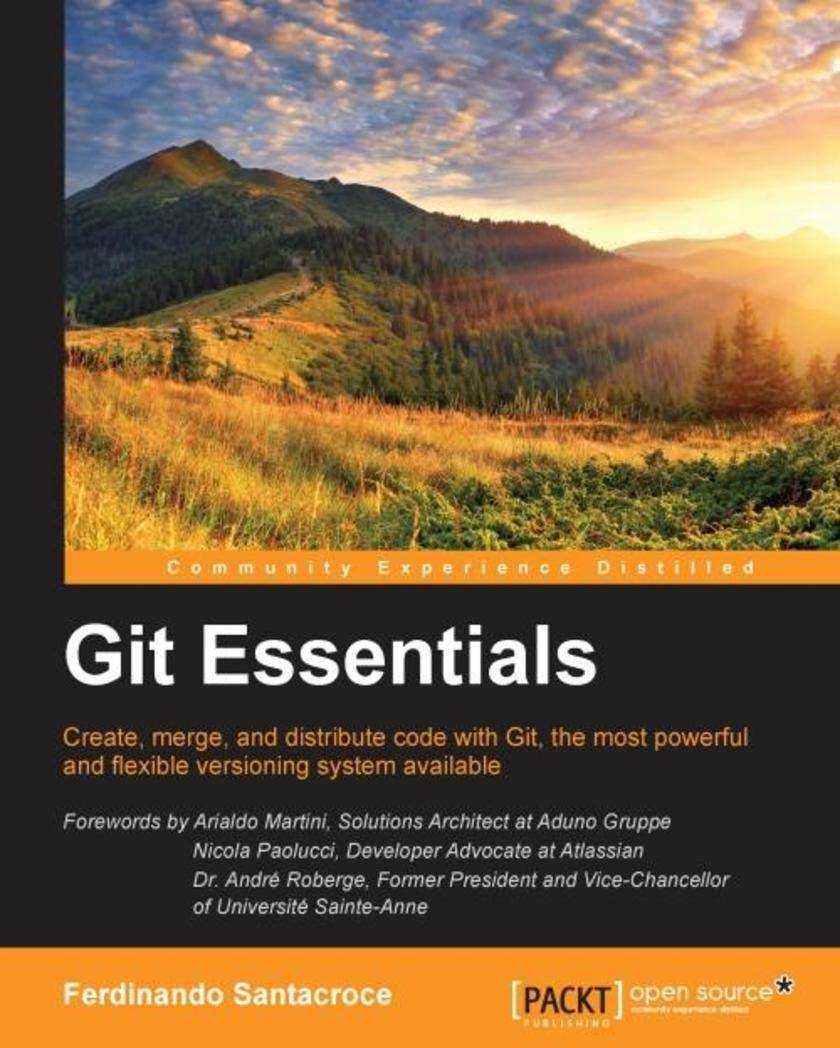
Git Essentials
¥45.77
If you are a software developer with little or no experience of versioning systems, or are familiar with other centralized versioning systems, then this book is for you. If you have some experience working with command lines or using Linux admin or just using Unix and want to know more about Git, then this book is ideal for you.
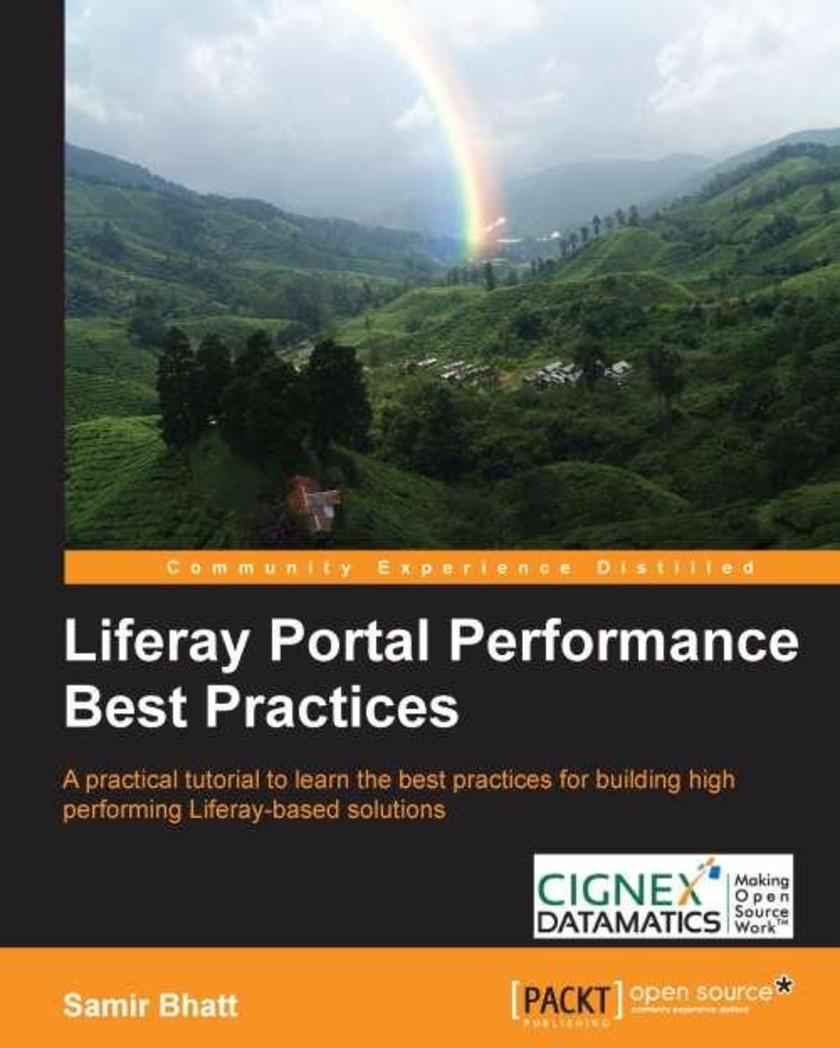
Liferay Portal Performance Best Practices
¥63.21
A step-by-step tutorial on implementing Liferay- based portals to learn performance best practices.The book is good for Liferay portal developers and architects who want to learn performance best practices for implementing Liferay- based solutions. It is assumed that you have a working knowledge of the Liferay portal.
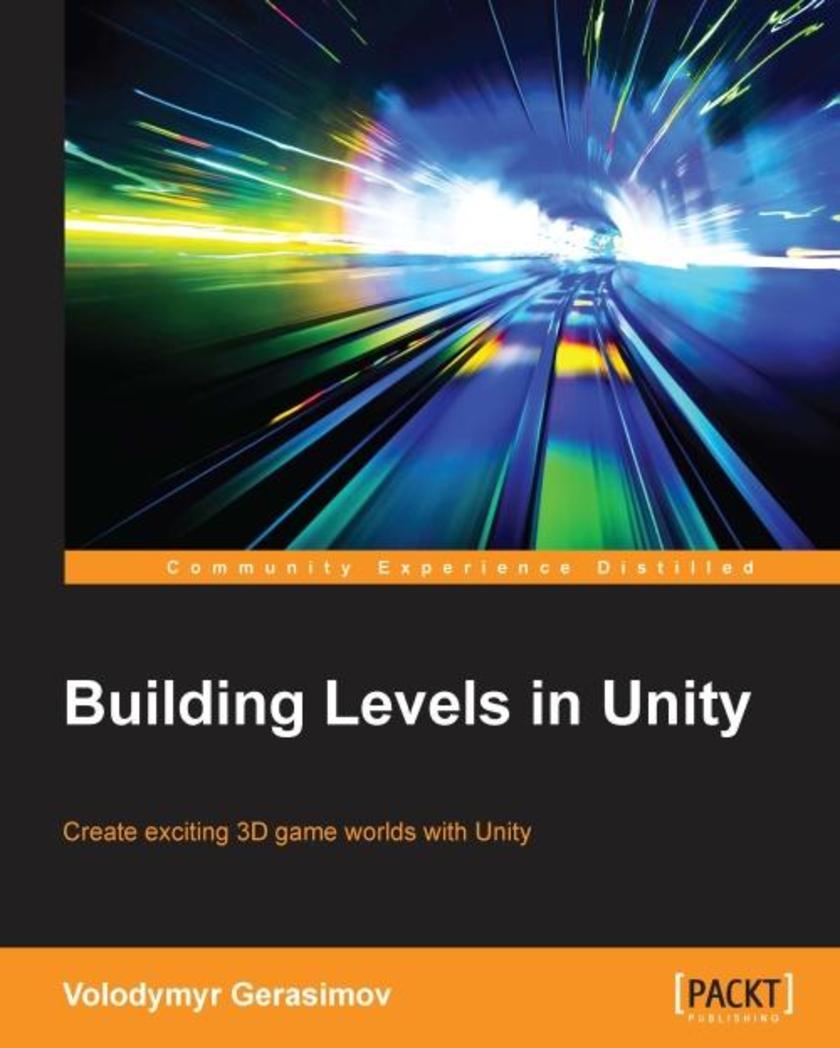
Building Levels in Unity
¥80.65
The book is aimed at game artists with no past programming experience who are interested in designing levels in Unity. It does not assume detailed knowledge of similar game platforms.
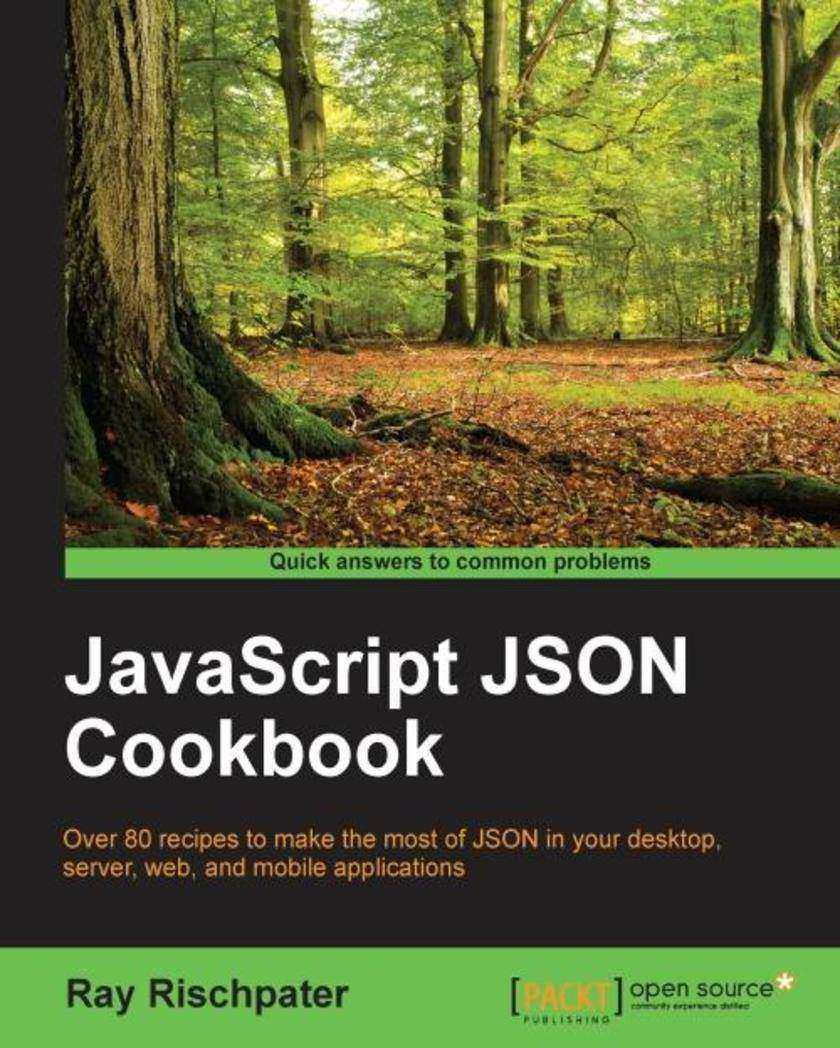
JavaScript JSON Cookbook
¥80.65
If you're writing applications that move structured data from one place to another, this book is for you. This is especially true if you've been using XML to do the job because it's entirely possible that you could do much of the same work with less code and less data overhead in JSON. While the book's chapters make some distinction between the client and server sides of an application, it doesn't matter if you're a frontend, backend, or full-stack developer. The principles behind using JSON apply to both the client and the server, and in fact, developers who understand both sides of the equation generally craft the best applications.
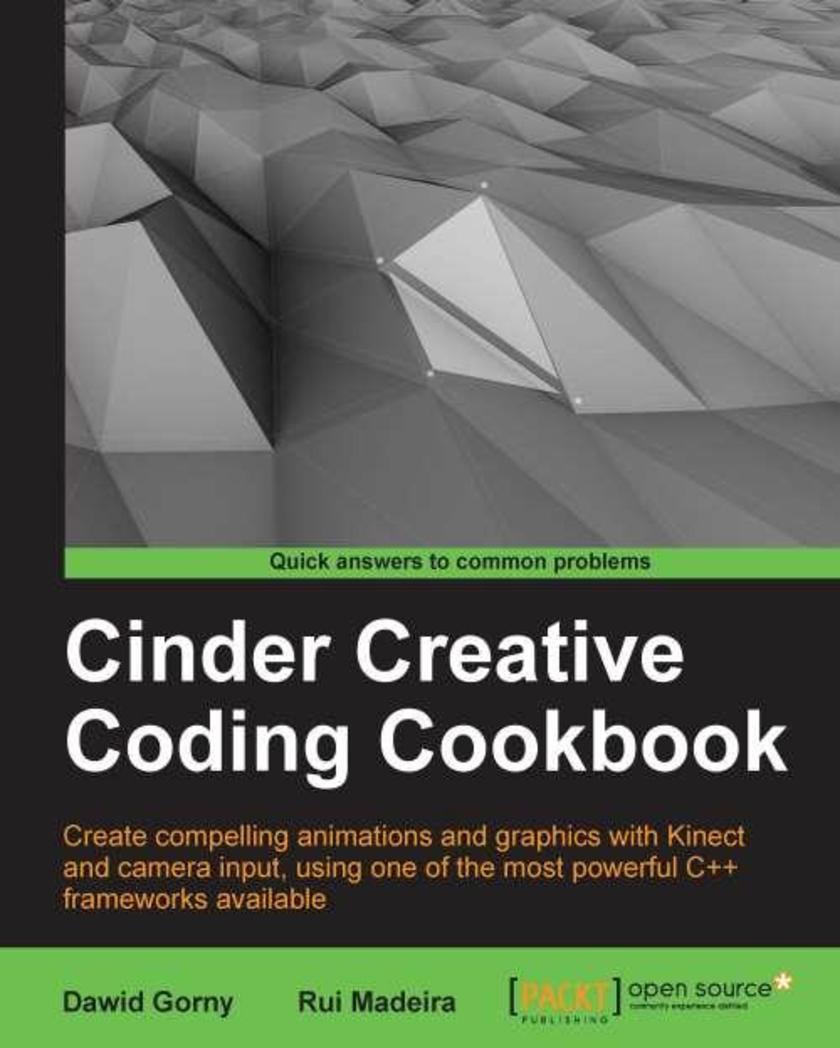
Cinder Creative Coding Cookbook
¥90.46
Full of easy-to-follow recipes and images that will teach powerful techniques and algorithms, building from basic projects to challenging applications. This book is for artists, designers, and programmers who have previous knowledge of C++, but not necessarily of Cinder.
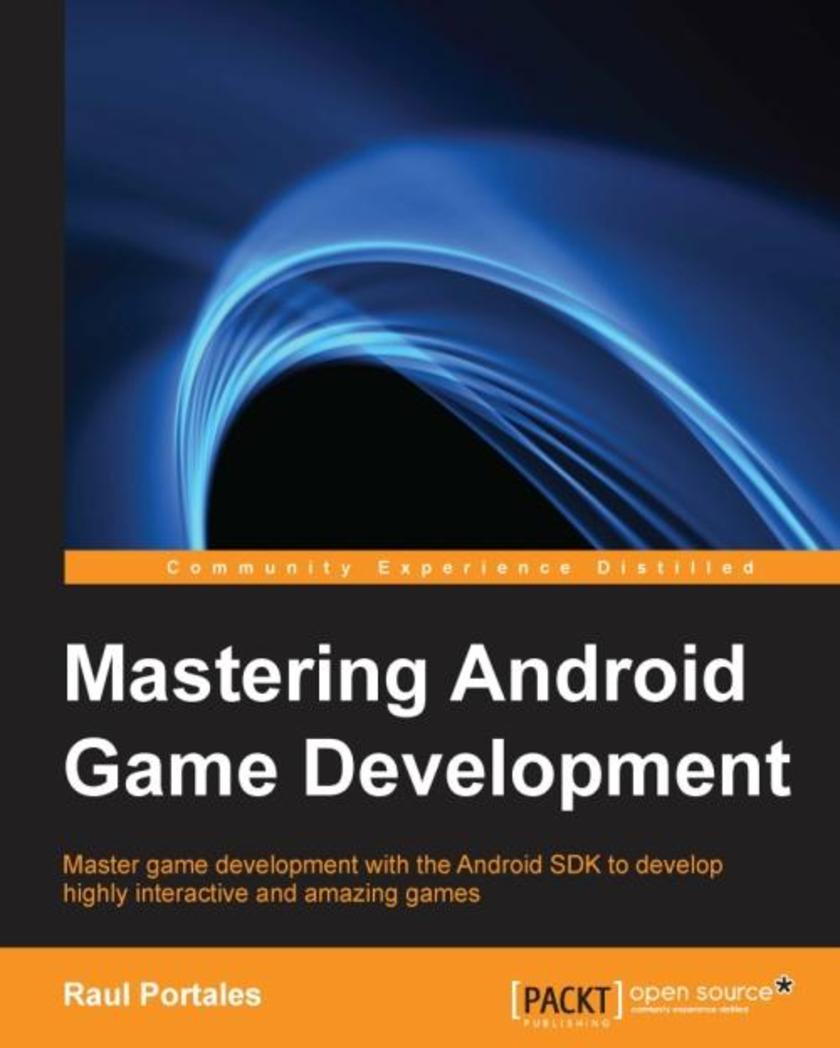
Mastering Android Game Development
¥80.65
If you are an intermediate-level Android developer who wants to create highly interactive and amazing games with the Android SDK, then this book is for you.
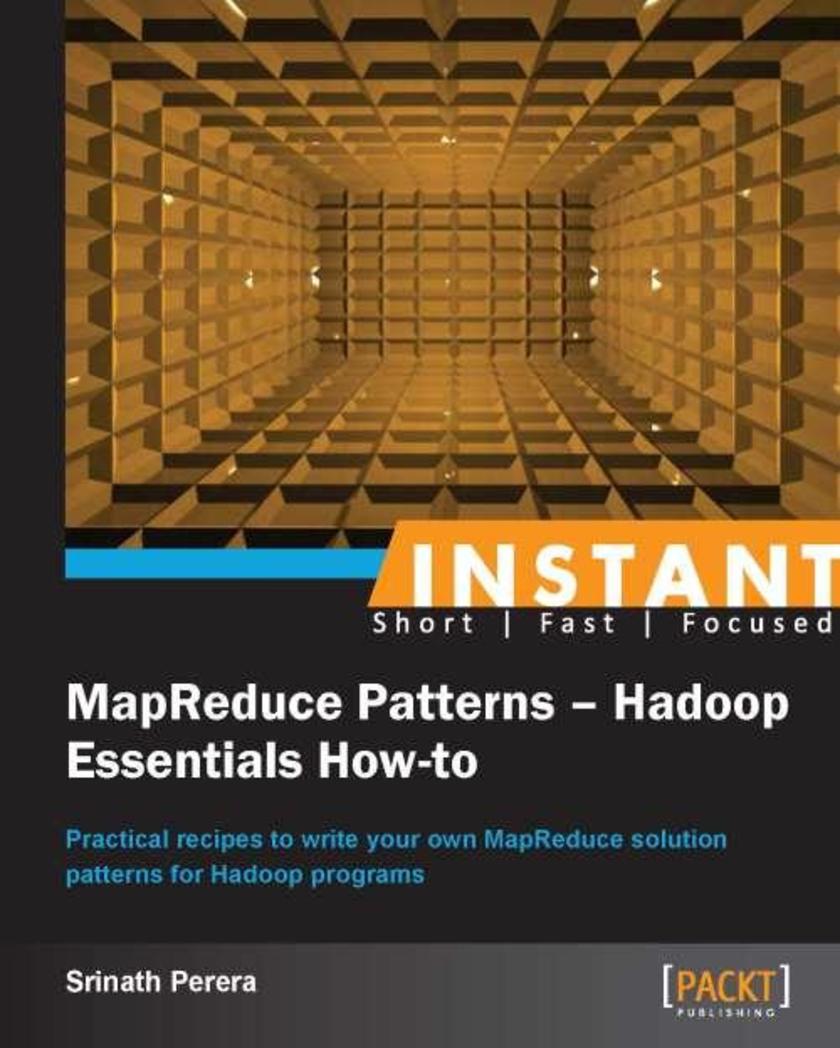
Instant MapReduce Patterns – Hadoop Essentials How-to
¥50.13
Filled with practical, step-by-step instructions and clear explanations for the most important and useful tasks. This is a Packt Instant How-to guide, which provides concise and clear recipes for getting started with Hadoop.This book is for big data enthusiasts and would-be Hadoop programmers. It is also meant for Java programmers who either have not worked with Hadoop at all, or who know Hadoop and MapReduce but are not sure how to deepen their understanding.
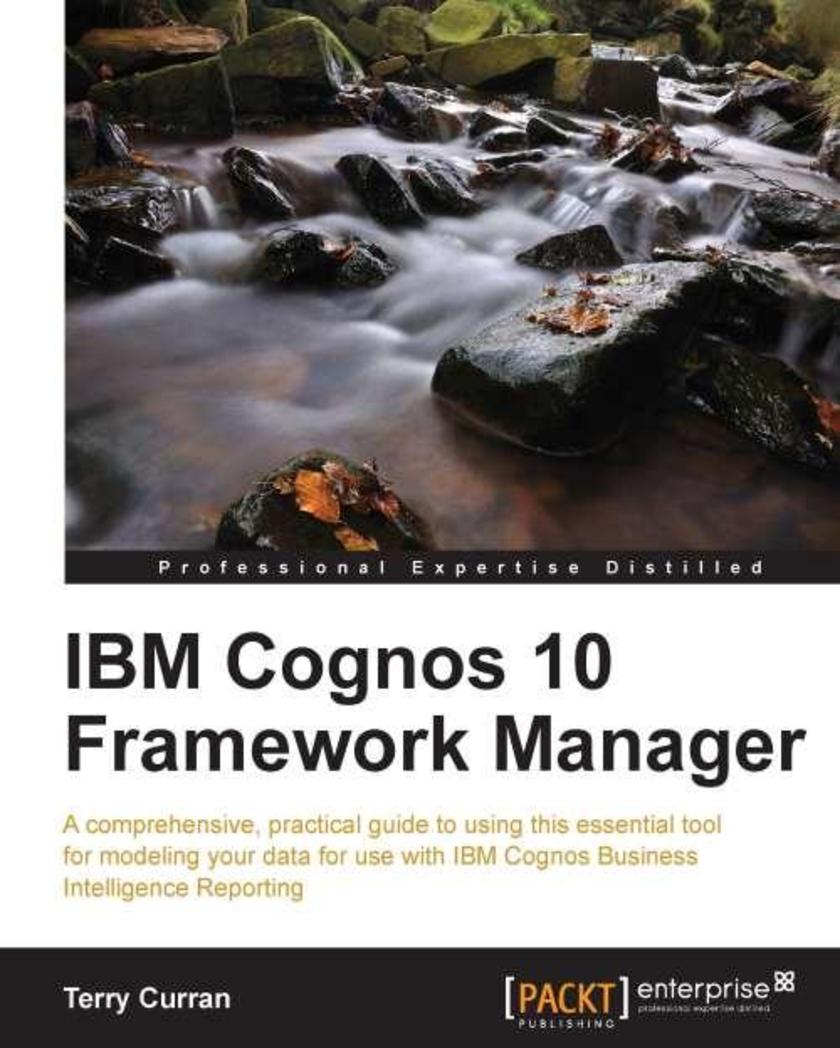
IBM Cognos 10 Framework Manager
¥63.21
Presented in a hands-on style, this guide presents you with real world examples to guide you through every process step by step.This book will be useful for any developer, novice or expert, who uses Framework Manager to build packages, but wants to expand their knowledge even further.
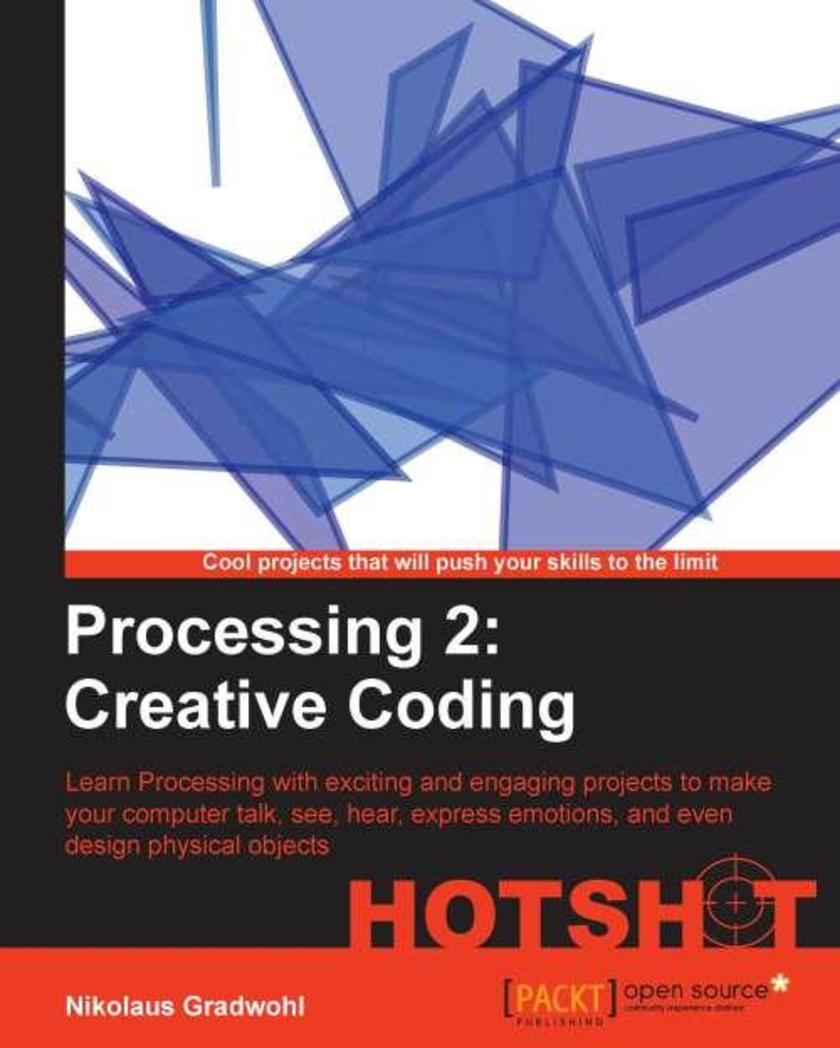
Processing 2: Creative Coding Hotshot
¥80.65
Using a project-based approach, you will be able to learn the coolest aspects of working with Processing. Each project contains step-by-step explanations, diagrams, screenshots, and downloadable material to make learning Processing even easier.This book targets Processing developers ,visual artists, creative professionals, and students who want to move to the next level of learning Processing for gaining inspiration, work, or just for fun. The book assumes a basic understanding of programming. However, this book is also recommended to non-artistic readers, looking to expand their graphics and develop their creativity.
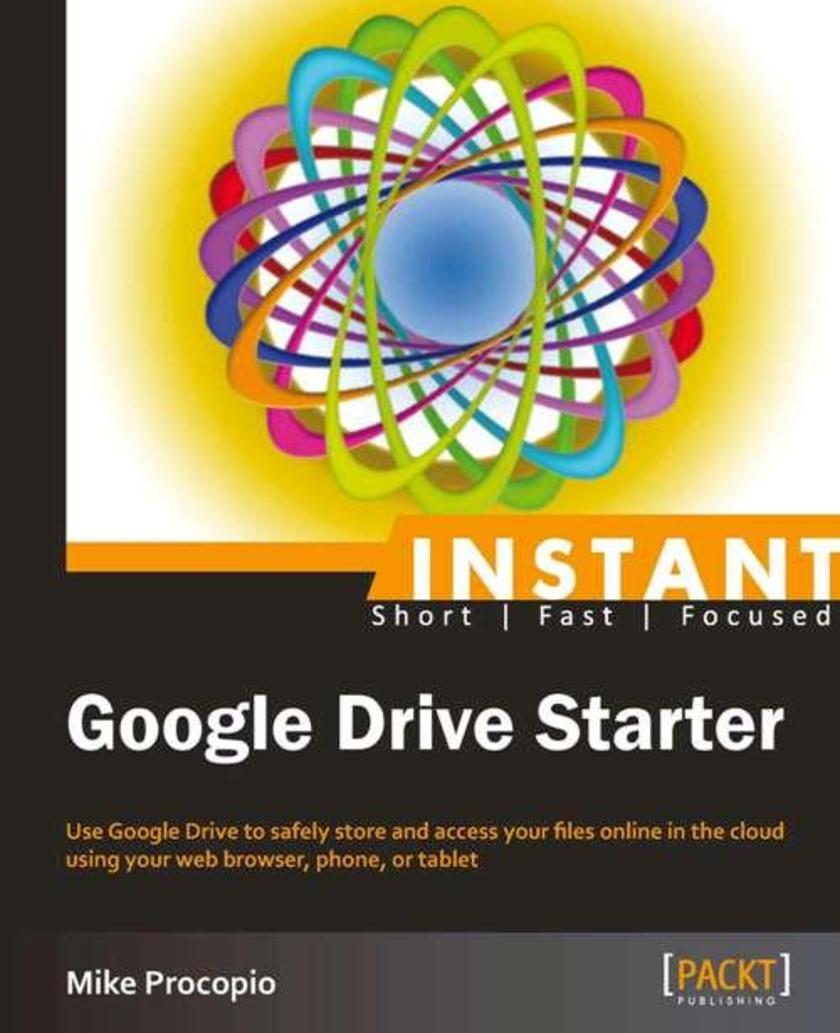
Instant Google Drive Starter
¥35.96
Get to grips with a new technology, understand what it is and what it can do for you, and then get to work with the most important features and tasks. This book is a Starter which teaches you how to use Google Drive practically. This book is perfect for people of all skill levels who want to enjoy the benefits of using Google Drive to safely store their files online and in the cloud. It’s also great for anyone looking to learn more about cloud computing in general. Readers are expected to have an Internet connection and basic knowledge of using the internet.
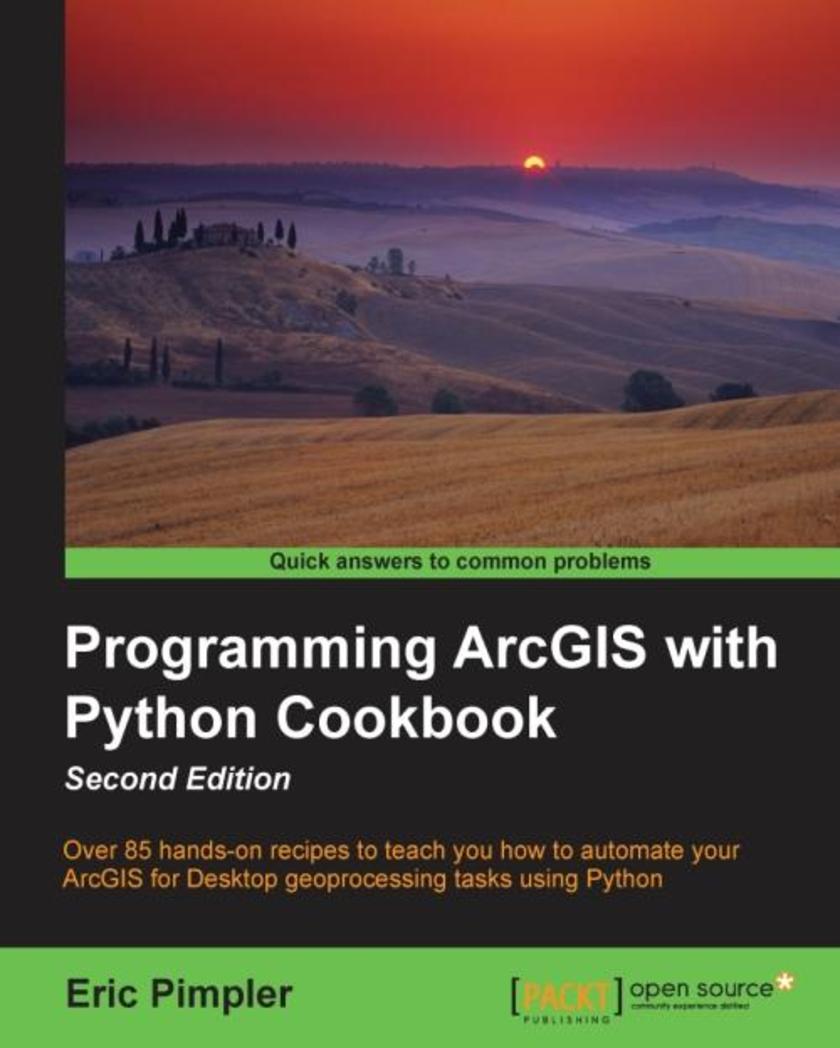
Programming ArcGIS with Python Cookbook - Second Edition
¥80.65
Programming ArcGIS with Python Cookbook, Second Edition, is written for GIS professionals who wish to revolutionize their ArcGIS workflow with Python. Whether you are new to ArcGIS or a seasoned professional, you almost certainly spend time each day performing various geoprocessing tasks. This book will teach you how to use the Python programming language to automate these geoprocessing tasks and make you a more efficient and effective GIS professional.
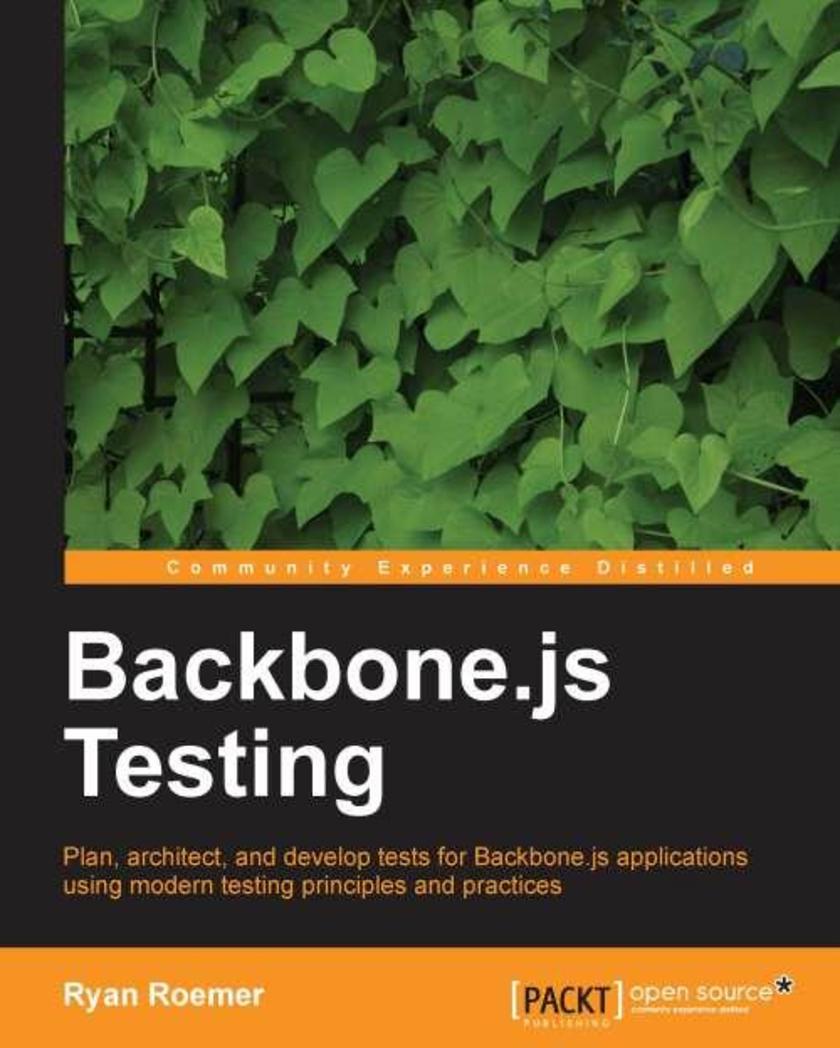
Backbone.js Testing
¥71.93
This book is packed with the step by step tutorial and instructions in recipe format helping you setup test infrastructure and gradually advance your skills to plan, develop, and test your backbone applications.If you are a JavaScript developer looking for recipes to create and implement test support for your backbone application, then this book is ideal for you.
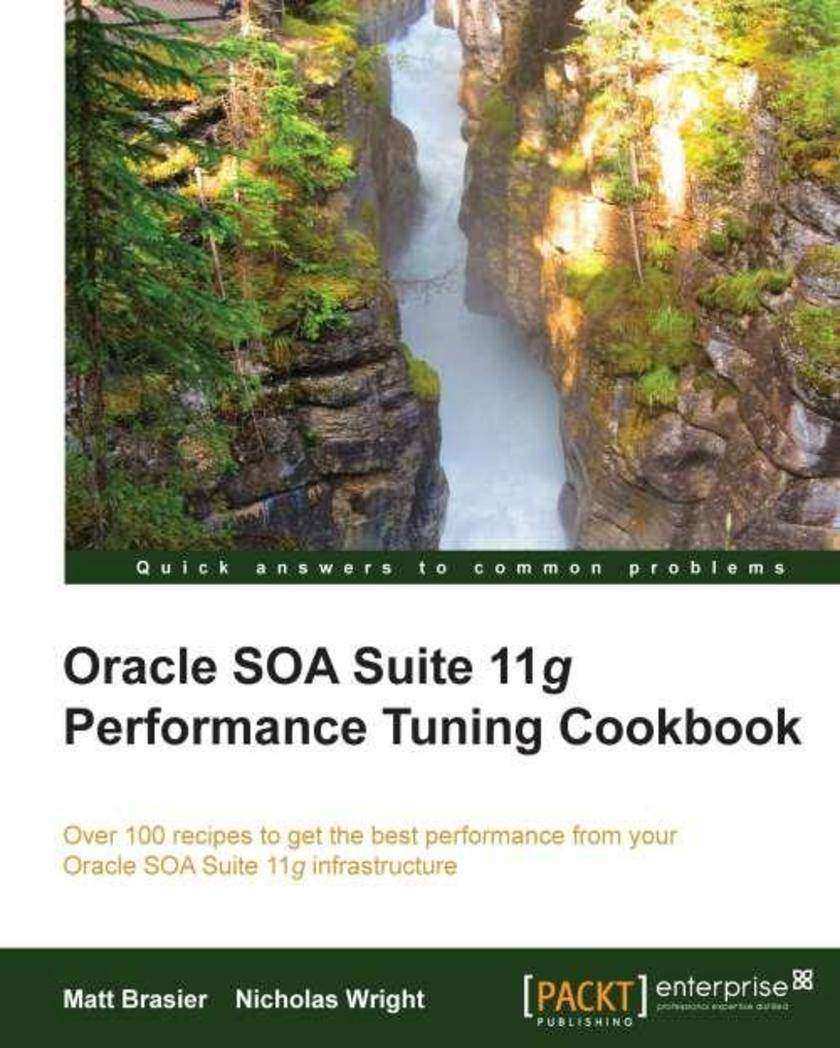
Oracle SOA Suite Performance Tuning Cookbook
¥99.18
This is a Cookbook with interesting, hands-on recipes, giving detailed de*ions and lots of practical walkthroughs for boosting the performance of your Oracle SOA Suite.This book is for Oracle SOA Suite 11g administrators, developers, and architects who want to understand how they can maximise the performance of their SOA Suite infrastructure. The recipes contain easy to follow step-by-step instructions and include many helpful and practical tips. It is suitable for anyone with basic operating system and application server administration experience.
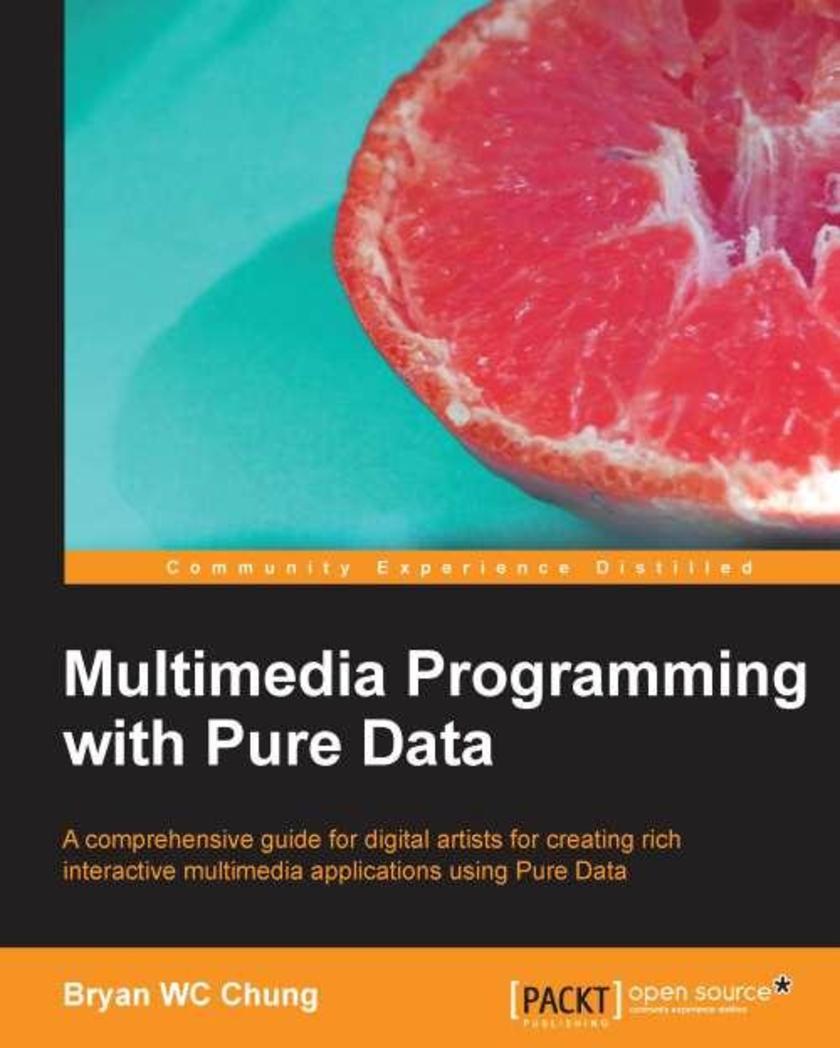
Multimedia Programming with Pure Data
¥80.65
A quick and comprehensive tutorial book for media designers to jump-start interactive multimedia production with computer graphics, digital audio, digital video, and interactivity, using the Pure Data graphical programming environment.An introductory book on multimedia programming for media artists/designers who like to work on interactivity in their projects, digital art/design students who like to learn the first multimedia programming technique, and audio-visual performers who like to customize their performance sets
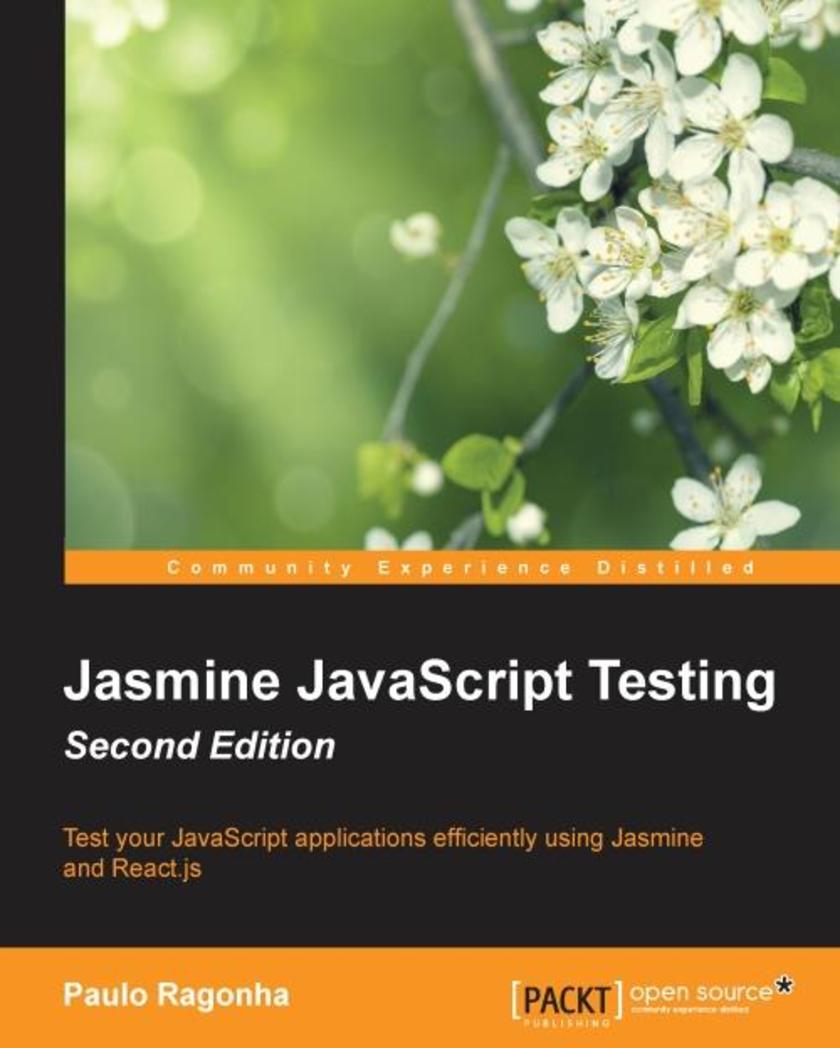
Jasmine JavaScript Testing - Second Edition
¥61.03
This book is for web developers and designers who work with React.js and JavaScript and who are new to unit testing and automation. It's assumed that you have a basic knowledge of JavaScript and HTML.
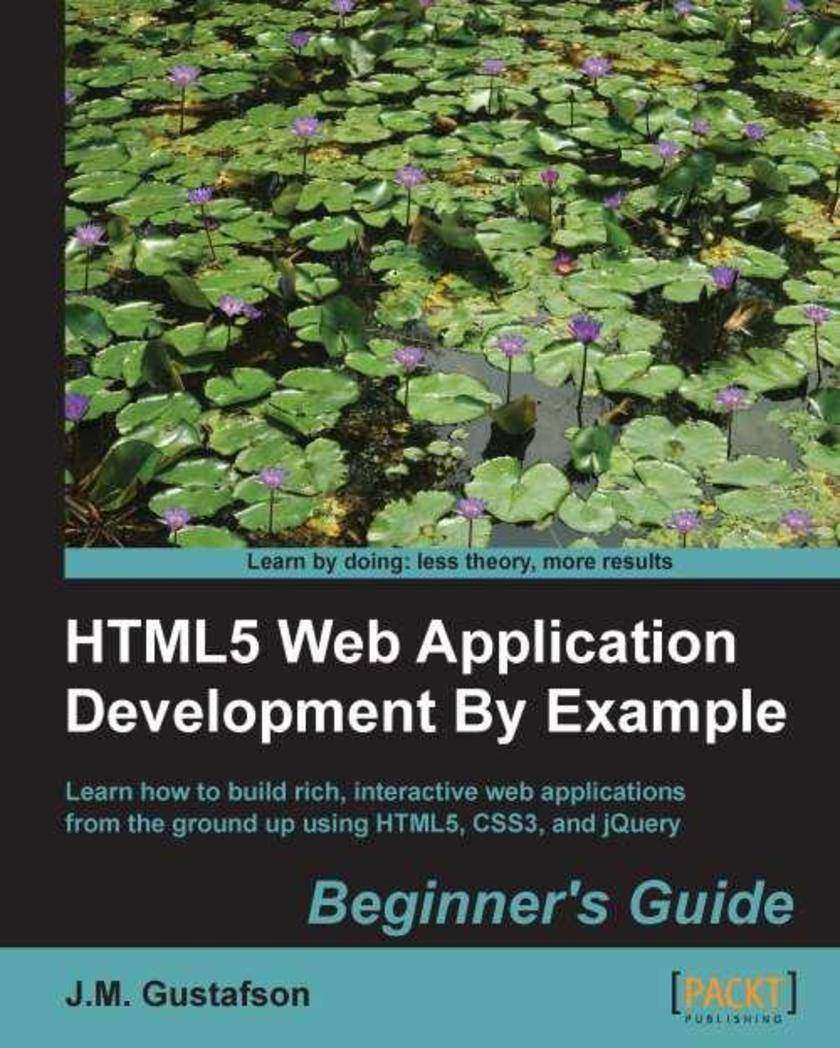
HTML5 Web Application Development By Example Beginner's guide
¥80.65
The best way to learn anything is by doing. The author uses a friendly tone and fun examples to ensure that you learn the basics of application development. Once you have read this book, you should have the necessary skills to build your own applications.If you have no experience but want to learn how to create applications in HTML5, this book is the only help you'll need. Using practical examples, HTML5 Web Application Development by Example will develop your knowledge and confidence in application development.
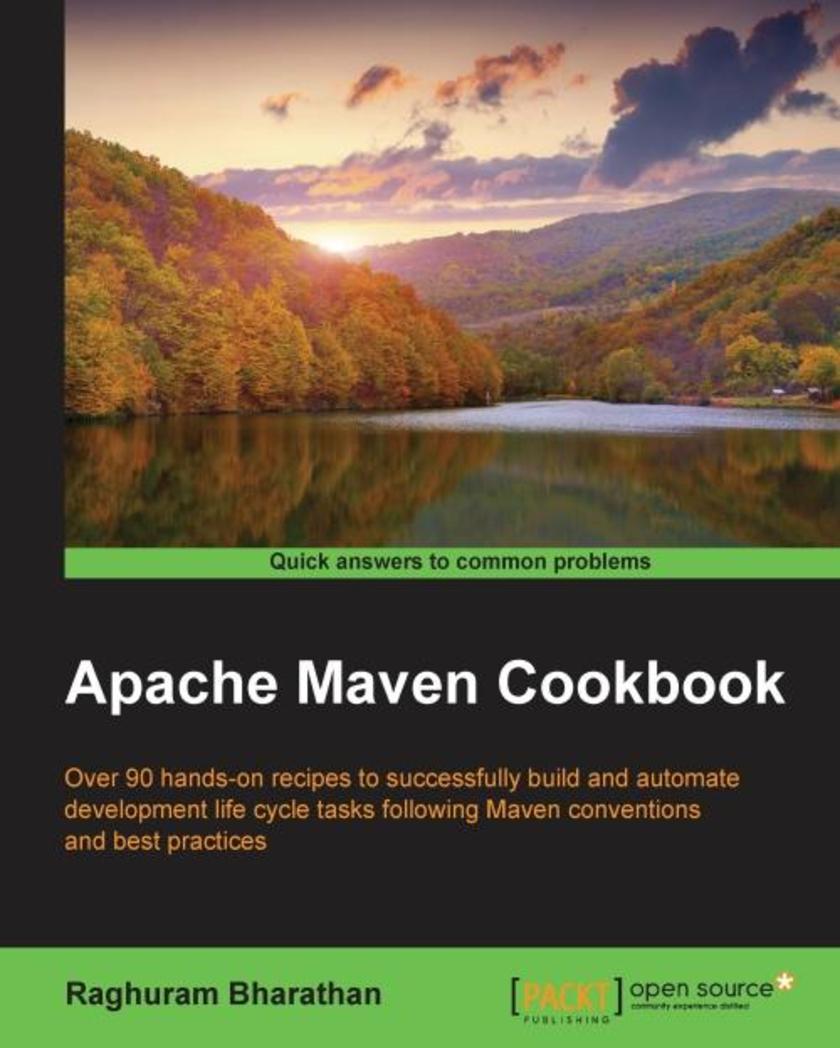
Apache Maven Cookbook
¥90.46
If you are a Java developer or a manager who has experience with Apache Maven and want to extend your knowledge, then this is the ideal book for you. Apache Maven Cookbook is for those who want to learn how Apache Maven can be used for build automation. It is also meant for those familiar with Apache Maven, but want to understand the finer nuances of Maven and solve specific problems.
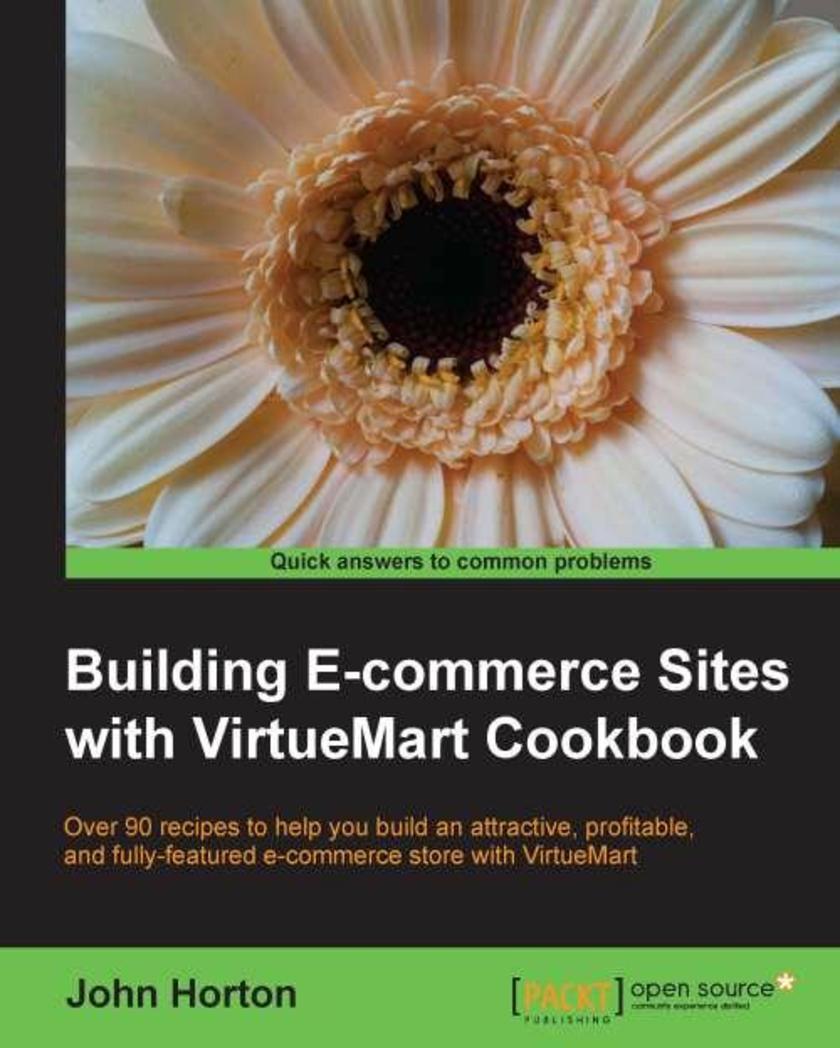
Building E-commerce Sites with VirtueMart Cookbook
¥90.46
Written in a friendly, recipe-based style, this practical cookbook will show you how to create, maintain and customize attractive eCommerce solutions with ease.This book is written for anyone who is interested in building eCommerce solutions with VirtueMart. If you have little to no experience with eCommerce this book will show you how to overcome any problem no matter how complex it appears. Experienced site builders and administrators will also find the solutions this cookbook offers useful. Basic HTML and CSS would be beneficial.
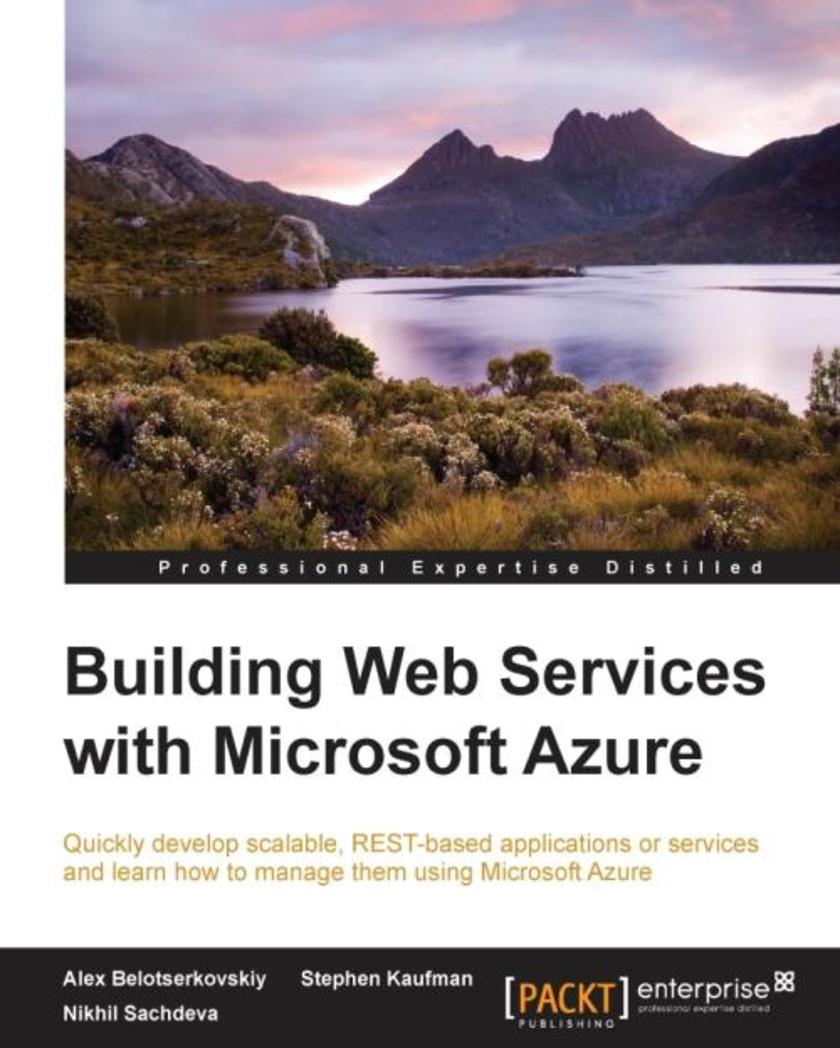
Building Web Services with Microsoft Azure
¥80.65
If you are a .NET developer who wants to develop end-to-end RESTful applications in the cloud, then this book is for you. A working knowledge of C# will help you get the most out of this book.
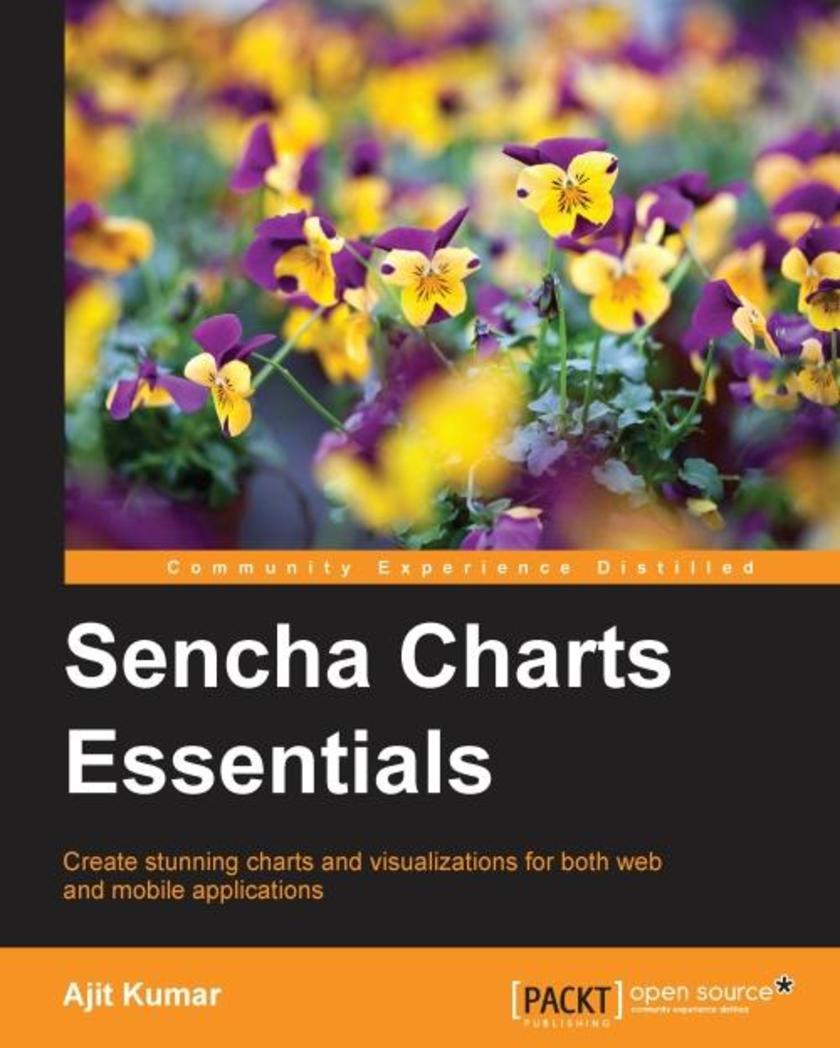
Sencha Charts Essentials
¥45.77
If you are an Ext JS or Sencha Touch developer, designer, or architect who wants to build enterprise-scale data visualization capabilities using Sencha, then this book is ideal for you. You should have a knowledge of HTML, JavaScript, CSS, and Sencha Ext JS or Sencha Touch fundamentals, in particular. Some familiarity with SVG and HTML5 Canvas would be preferred, but not required.
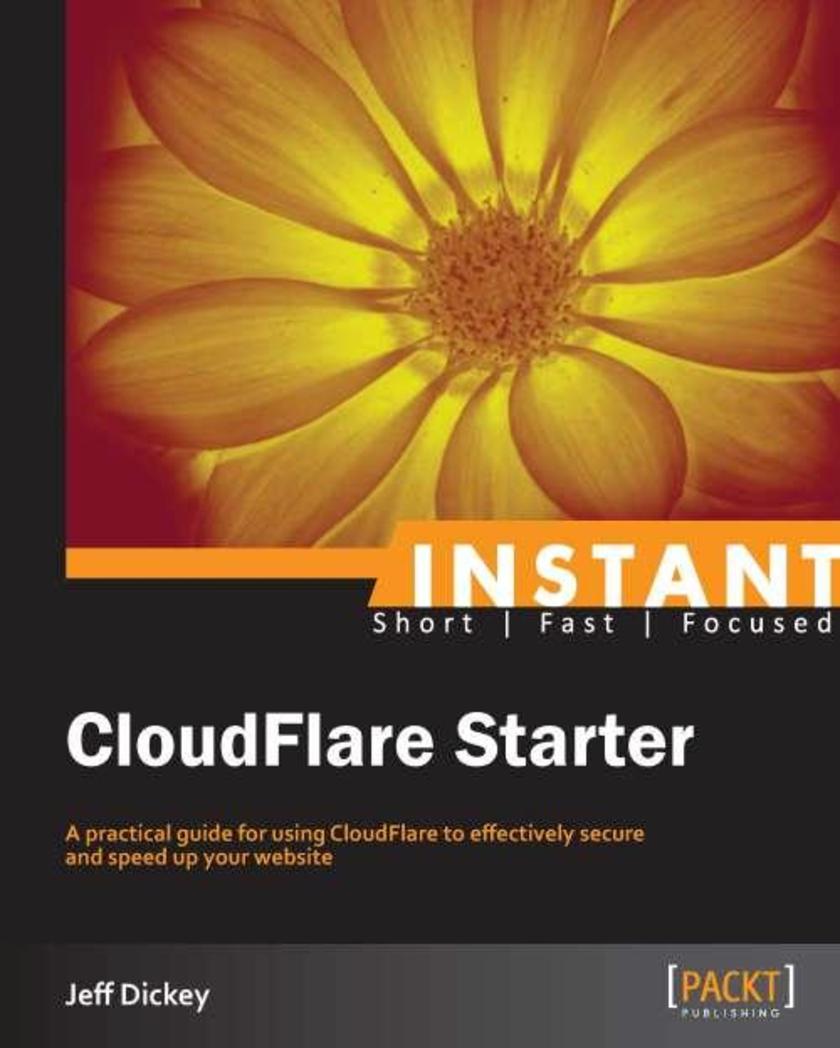
Instant CloudFlare Starter
¥45.77
Get to grips with a new technology, understand what it is and what it can do for you, and then get to work with the most important features and tasks. Written as a practical guide, CloudFlare Starter will show you all you need to know in order to effectively improve your online presence in a multitude of different ways. "Instant CloudFlare Starter" is a practical yet accessible guide for website owners looking to optimize their site for optimum security and maximum performance.




 购物车
购物车 个人中心
个人中心



